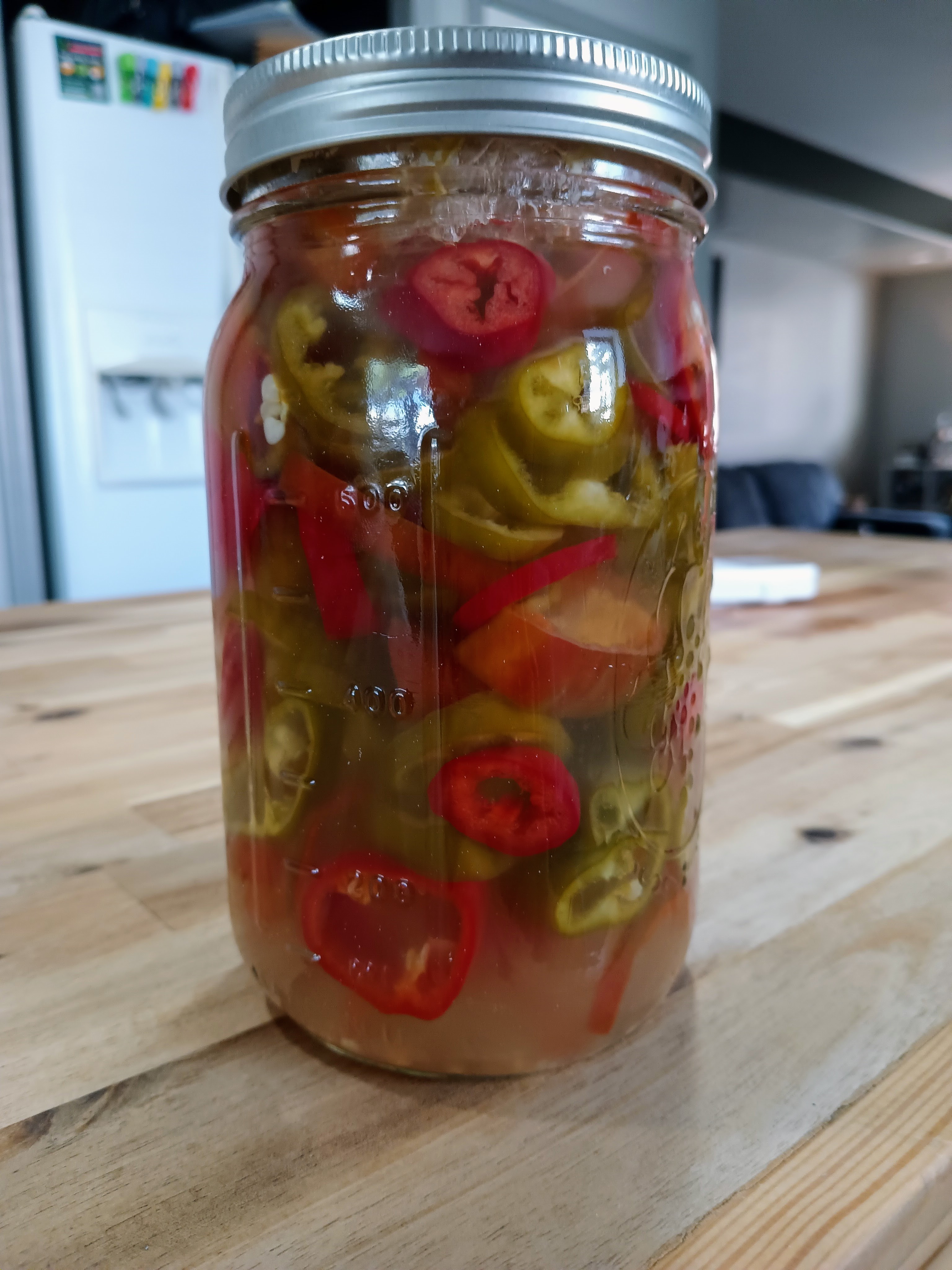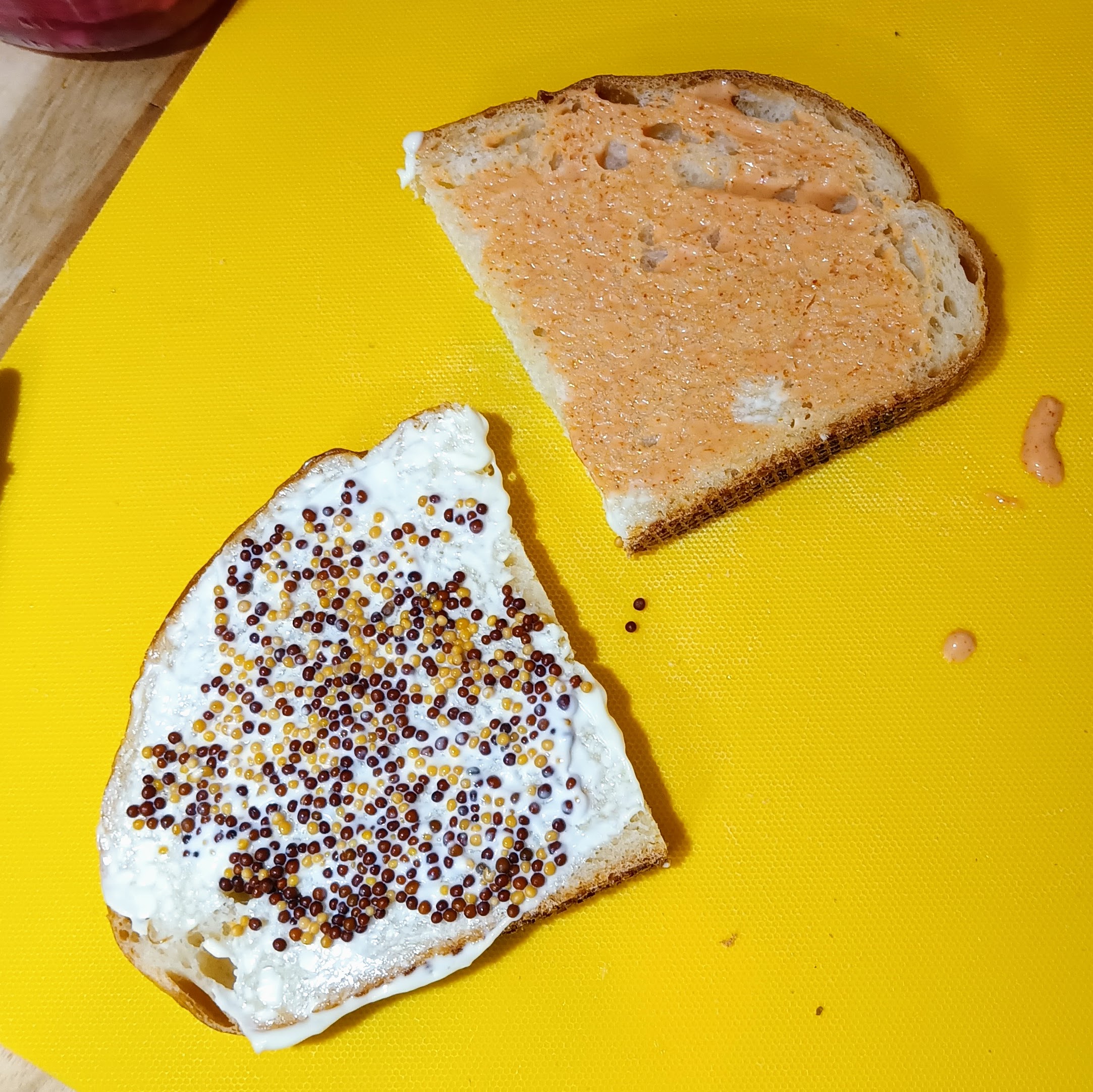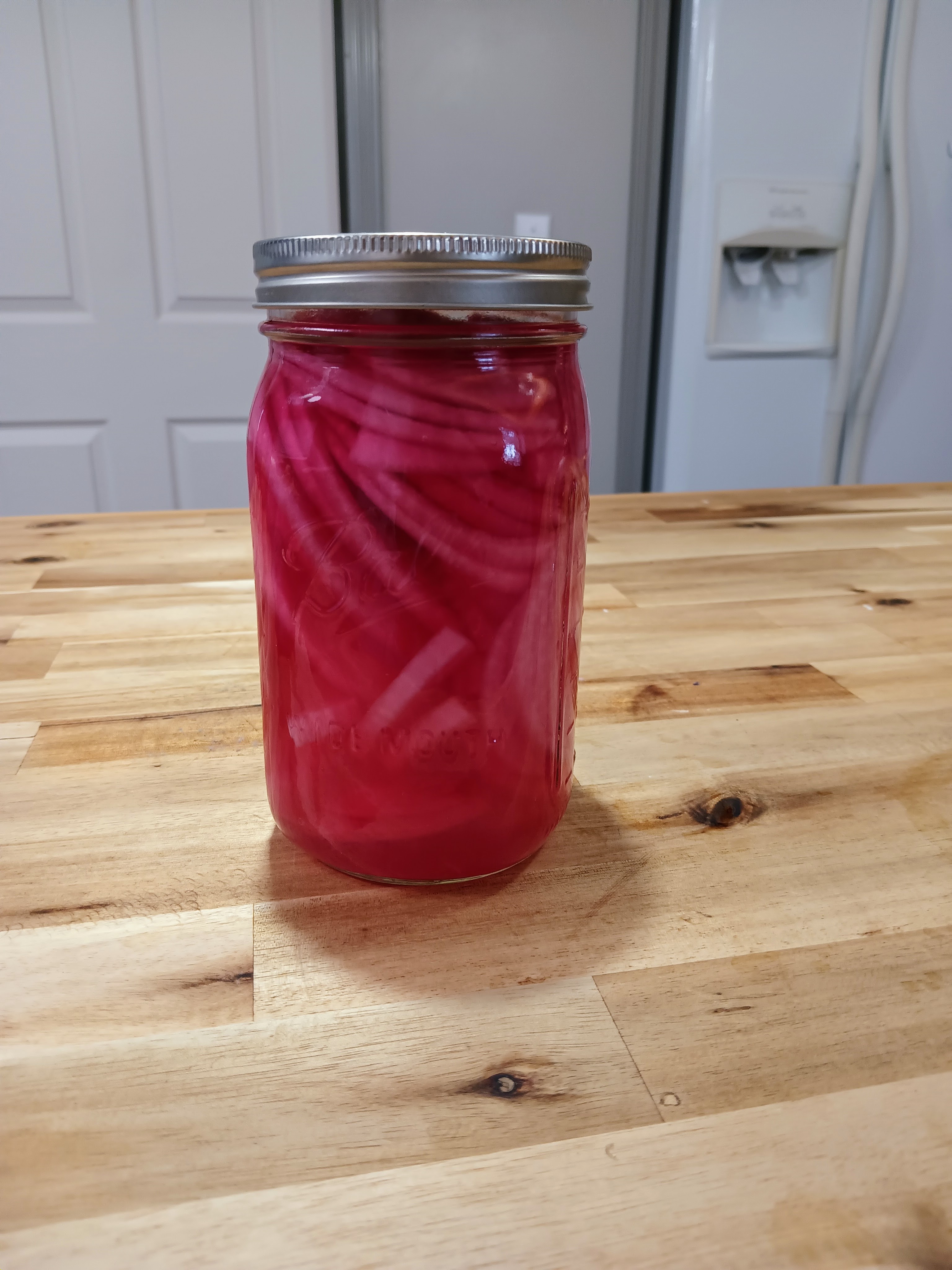Garnishes: Not Just Eye Candy
I grew up thinking garnishes were just a little plate decoration that rich people throw onto their plate to make themselves feel better than me and that garnishes use to make your meal cost three times as much.
I was wrong.
A garnish is meant to enhance the dish, not just sit there looking pretty like some kind of useless decoration. It’s supposed to serve an actual culinary purpose—whether that’s flavor, texture, or aroma. So when you sprinkle herbs or drizzle a sauce, you’re adding something that contributes to the eating experience.
I look at a garnish a lot like percussion in an orchestra. It’s rarely meant to take center stage, but it always adds new depth to the performance, even when it’s just hanging out in the background.
Herbs, leaves, and edible flowers are fresh garnishes that add fragrance, color, and a hint of flavor to dishes, like basil, mint, cilantro, or edible violets. They’re used to provide a burst of freshness and a visual pop.

Pickles and ferments are tangy or sour garnishes that enhance flavor and provide acidity, such as pickled cucumbers, kimchi, or sauerkraut. They can add complexity and contrast to richer dishes.
Fresh fruits and vegetables are simple, natural garnishes that add color and crunch or juiciness, like thinly sliced radishes, tomatoes, or berries. These garnishes provide a light, refreshing component to balance other flavors.
Crunchy elements are garnishes that add texture to dishes, often by contrast, like toasted nuts, crispy onions, or breadcrumbs. They help elevate mouthfeel and keep dishes from being one-dimensional.

Foams and airs are light, frothy garnishes made to deliver intense flavor in an airy form, like garlic foam or citrus air. These are typically used in fine dining to add a modern, whimsical touch.
Spices and seasonings are ground or whole ingredients sprinkled on top to finish a dish with bold flavor, like smoked paprika, flaky sea salt, or za’atar. They’re used to accentuate or complement the main flavors of a dish.

Sauces and purees are smooth, flavorful liquids or pastes added as a final touch, such as balsamic reduction, beet puree, or sriracha drizzle. These provide moisture and an extra layer of flavor to dishes.
Fresh green onions: There’s just something about the gentle crunch and pungency that I never get tired of. It goes well with just about any dish.

Sauces: This one’s cheating a little bit because I can’t pick just one sauce. This photo alone has homemade mayonnaise, crunchy fermented mustard, and my bespoke fry sauce recipe. Other favorites include my white and gold barbecue sauces.

Pickled red onions: These are a favorite both of mine and of countless of my dinner guests. Just thinly slice some red onions and dump them in a jar full of white vinegar. They’ll be ready in twenty minutes. If you don’t love them, tweak the recipe by adding sugar or cutting the vinegar with some water. It’s that easy!

Crunchy salt: This is a really weird one, but I adore some good, crunchy salt on an otherwise soft and gentle dish. I purchase a special flaky salt called fleur de sel that I throw onto eggs, fish, steak, cookies, brownies, and a whole number of other dishes that benefit from a little salty crunch.
I was wrong.
A garnish is meant to enhance the dish, not just sit there looking pretty like some kind of useless decoration. It’s supposed to serve an actual culinary purpose—whether that’s flavor, texture, or aroma. So when you sprinkle herbs or drizzle a sauce, you’re adding something that contributes to the eating experience.
I look at a garnish a lot like percussion in an orchestra. It’s rarely meant to take center stage, but it always adds new depth to the performance, even when it’s just hanging out in the background.
Types of Garnish
Herbs, leaves, and edible flowers are fresh garnishes that add fragrance, color, and a hint of flavor to dishes, like basil, mint, cilantro, or edible violets. They’re used to provide a burst of freshness and a visual pop.

Pickles and ferments are tangy or sour garnishes that enhance flavor and provide acidity, such as pickled cucumbers, kimchi, or sauerkraut. They can add complexity and contrast to richer dishes.
Fresh fruits and vegetables are simple, natural garnishes that add color and crunch or juiciness, like thinly sliced radishes, tomatoes, or berries. These garnishes provide a light, refreshing component to balance other flavors.
Crunchy elements are garnishes that add texture to dishes, often by contrast, like toasted nuts, crispy onions, or breadcrumbs. They help elevate mouthfeel and keep dishes from being one-dimensional.

Foams and airs are light, frothy garnishes made to deliver intense flavor in an airy form, like garlic foam or citrus air. These are typically used in fine dining to add a modern, whimsical touch.
Spices and seasonings are ground or whole ingredients sprinkled on top to finish a dish with bold flavor, like smoked paprika, flaky sea salt, or za’atar. They’re used to accentuate or complement the main flavors of a dish.

Sauces and purees are smooth, flavorful liquids or pastes added as a final touch, such as balsamic reduction, beet puree, or sriracha drizzle. These provide moisture and an extra layer of flavor to dishes.
My Favorite Garnishes
Fresh green onions: There’s just something about the gentle crunch and pungency that I never get tired of. It goes well with just about any dish.

Sauces: This one’s cheating a little bit because I can’t pick just one sauce. This photo alone has homemade mayonnaise, crunchy fermented mustard, and my bespoke fry sauce recipe. Other favorites include my white and gold barbecue sauces.

Pickled red onions: These are a favorite both of mine and of countless of my dinner guests. Just thinly slice some red onions and dump them in a jar full of white vinegar. They’ll be ready in twenty minutes. If you don’t love them, tweak the recipe by adding sugar or cutting the vinegar with some water. It’s that easy!

Crunchy salt: This is a really weird one, but I adore some good, crunchy salt on an otherwise soft and gentle dish. I purchase a special flaky salt called fleur de sel that I throw onto eggs, fish, steak, cookies, brownies, and a whole number of other dishes that benefit from a little salty crunch.
 Matthew Christensen
Matthew Christensen
Weekly Newsletter Contributor since 2023
Email the author! matthew@dvo.com
